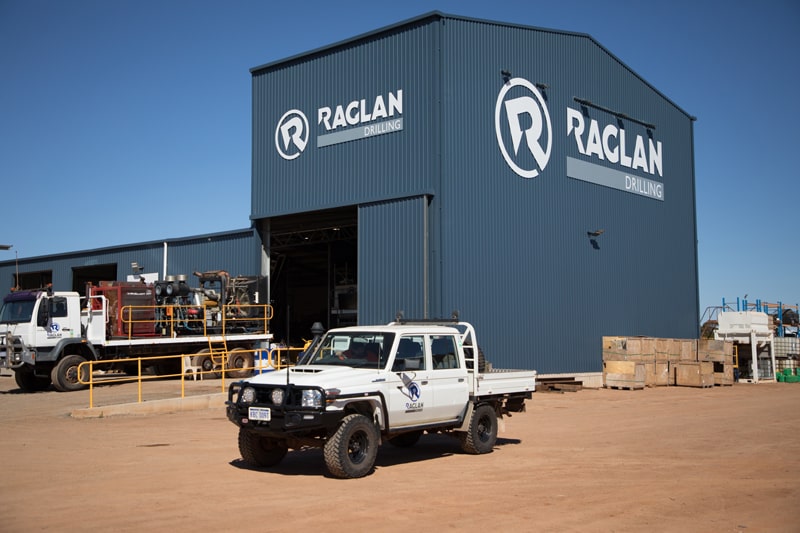(RAB) Drilling Services
RAB Drilling Services
Raglan Drilling offers reliable and efficient equipment for highly effective rotary air-blast (RAB) drilling. This is one of the most common shallow drilling methods and our team of experienced drill rig operators can perform
RAB drilling to the highest standard and within strict time constraints. RAB drilling may go up to 50 metres deep. Debris buildups may be readily prevented by utilising stabilisers (also known as reamers), which are lengths of tubular steel linked to the drill string. Stabilisers often have tungsten-button walls that dissolve cuttings as they rise from the borehole.
Benefits of RAB Drilling:
- The reduced environmental impact and reduced pollution risk is significant
- This is one of the cheapest drilling methods, so it is cost-effective and economical.
- Increased penetration – it is often able to penetrate materials to depths that are beyond others.
- Longer bit life – the various materials and tools associated with the process are usually more durable
- A log is automatically kept of the chips extracted from drilling can be used to analyze what is occurring
Remote Camping
Raglan Drilling has the capability to supply a complete remote camp set with either Explorex type caravans or transportable buildings. We can provide remote workshop facilities as well as accommodation facilities, including:
- Explorex Caravans
- Sea container accommodation and kitchen with or without dome
- Generators
- Water tankers (potable and non)
- Fuel tankers
- Sea container workshop
- Ablutions
Frequently Asked Questions
The RAB drilling process entails rapidly drilling a large number of tiny holes. Many like this way of drilling since it is convenient and quick. RAB drilling works by driving a rotating drill bit into an ore, which causes the drilled materials to be blown back to the surface. It is generally used for mineral exploration, water borehole drilling, and blast hole drilling at low depths.
Tungsten-tipped drill bits are installed at the end of a hollow drill pipe through which pressurised air (or air mixed with foam or water) is circulated during RAB drilling. The cuttings are driven upward and to the surface as the drill pipe strikes the hole wall. A piston-driven “hammer” drives the drill bit into the targeted location, creating rock pieces that are hoisted to the surface by compressed air. RAB drilling penetrates the rock with rotary downhole hammers, blade bits, or tricone rotary bits (roller bits). A piston-driven “hammer” drives the drill bit into the targeted location, creating rock pieces that are hoisted to the surface by compressed air. RAB drilling penetrates the rock with rotary downhole hammers, blade bits, or tricone rotary bits (roller bits).
RAB drilling is largely utilised in mineral exploration and development to produce satisfactory quality samples after a first pass. This method is also used to drill water boreholes and blast holes. The bulk of RAB drilling is done with smaller compressors and lighter rigs. The rods are typically tiny and lightweight.

- Total Drill Depth: 1200 NQ 800HQ
- Rig Carrier: Modern European Trucks, Lake carriers
- On board Air: N/A
- Auxiliary Air: N/A
- Rod handling: Wire Line
- Make and Break: Powered Rod breakers
- Rod size: NQ, HQ, PQ
- Bit size: NQ, HQ, PQ
- Support Equipment
- Dust Suppression
- Sampling system
Enquire About RAB Drilling
"*" indicates required fields



